Indigenous communities in the Pacific Northwest bred little, fluffy white dogs that provided for them, both materially and spiritually.
There was a time when the Indigenous women of the Pacific Northwest’s coastal regions paddled their canoes to small, rocky islands once a day or so to care for packs of small white-furred dogs. The dogs would greet them, yelping and pawing as they implored their keepers for food. The women, in turn, would pet the dogs and dispense a stew of fish and marine mammal bits—not scraps, but quality food. Once the dogs (most of them perhaps females, probably in heat) had eaten their fill, the women might linger awhile to sing to them and brush their long white fur. The dogs—and their fur—were the women’s source of wealth, and the women kept watch to ensure that no village cur crept onto the islands to taint the breed.
Once or twice a year, the women arrived as usual with a supply of food, but also brought mussel-shell knives. The dogs knew the routine: settle down and relax so that the women could cut away their white tresses, shearing the dogs as closely as shearers do sheep.
Back in their village longhouses, the women transformed that fur into yarn, spinning it and mixing it with the wool of mountain goats and adding plant fibers and goose down to make the thread strong and warm. They beat the yarn with white diatomaceous earth to deter insects and mildew. They dyed some of the yarn red with alder bark, tinted it a light yellow with lichen, and produced blue and black threads using minerals or huckleberries. The rest—an ivory-hued yarn—they set aside. Then the women set up their looms and began to weave, turning out twill-patterned blankets of various sizes, some with elaborate and colorful geometric designs, others with simple stripes. The dogs did more than provide fur. They were also part of village life: sometimes, a favorite wooly dog would keep a weaver company.
The finely woven blankets symbolized wealth, and also a connection to ancestors and the spirit world. They represented a person’s generosity, too—great numbers of blankets were given away at potlatches, gift-giving ceremonial feasts. The blankets had other uses as well. Sometimes they wrapped together a couple in a marriage ceremony, or adorned a chief, while smaller ones might swaddle a newborn, or were worn as garments. People used blankets to negotiate the purchase of brides and slaves or to settle disputes. Blankets cloaked chiefs and other members of the nobility for burial. Proud owners stored their blankets in scented cedar boxes.
Indigenous oral traditions attest to a robust weaving industry in some coastal nations—such as the Cowichan on British Columbia’s Vancouver Island and the Squamish on British Columbia’s southern coast—that endured for thousands of years.
Eighteenth-century European explorers wrote about seeing flocks of wool dogs and observing people robed in blankets partly woven from the canines’ fur. The material remains, however, are scant. Many scientists doubted the existence of wool dogs and the fabric. If it had been such a large-scale enterprise, then where were the textiles? Or the dogs, or their bones? A researcher who, in the 1970s, studied more than 100 weavings made during a time when using dog hair was plausible could not find a trace.
But new avenues of research have merged to underscore the presence, and importance, of the dogs and their wool.
Over the years, scientists have employed new techniques to study coastal peoples’ blankets in museum collections—and discovered some that do contain dog hair, although blankets woven entirely from our best friends’ pelts have yet to be found. Just last year, archaeologists and experts on animal remains reexamined thousands of mammalian bones collected from archaeological sites along the west coasts of Canada and the United States. Their analysis reveals that canids—wolves, coyotes, foxes, and dogs—were ubiquitous across the sites, making up nearly 10 percent of all mammalian bones. Further, domesticated dogs proved to be the most common type of canid.
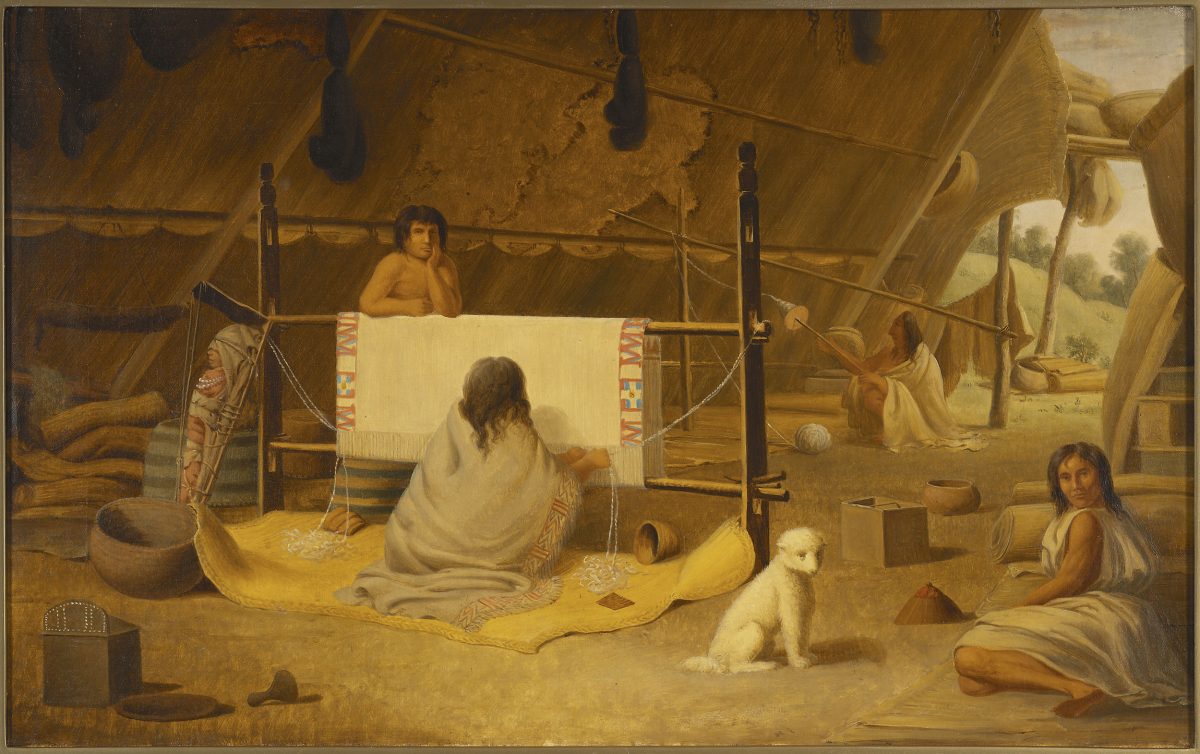
This image of a Coast Salish weaver and a wool dog was captured by Canadian artist Paul Kane. Kane traveled from Ontario to British Columbia and Washington State in the 1840s, where he sketched and painted in numerous Indigenous communities, including this one in either Saanich or Songhees territory on Vancouver Island, British Columbia. Photo courtesy of the Royal Ontario Museum © ROM
“That was one of the problems,” says Iain McKechnie, a zooarchaeologist with the Hakai Institute* and University of Victoria in British Columbia, and the lead author of the new study. “Any doglike bones were put in a catch-all category: canid.” Until now, nobody had embarked on the time-consuming challenge of identifying such a large collection.
But McKechnie and his colleagues drilled even further into the data, far enough to find that in southern British Columbia, small-sized domestic dogs were particularly abundant. The weight of evidence points to one overwhelming probability: wool dogs. They played an important role in the social and economic practices of Pacific Northwest peoples, and they’re a testament to a remarkable accomplishment—using selective breeding to invent a wool dog. “It was likely unique in the world,” McKechnie says.
Indigenous peoples of the Pacific Northwest’s coastal regions have a deep and rich history with dogs. Wool dogs have been elusive, but they were part of communities that lived in the areas around Puget Sound, Vancouver Island, and the BC Lower Mainland for thousands of years.
Elders from the Nuu-chah-nulth communities on Vancouver Island’s west coast and Coast Salish elders on the island’s east coast and the province’s mainland have described the care of these unique canines. They’ve told stories of how women weavers groomed and tended the dogs; never fenced or restrained them, but kept them isolated on small islands so that they would not breed with the hunting dogs; and fed them special diets. For anyone who breeds dogs today, that kind of effort speaks to the importance of the animals.
McKechnie and his colleagues went to great effort to support what they long suspected. The team analyzed data on 175,000 mammalian bones collected at 210 sites from southern Oregon to southeast Alaska over the past five decades. Of those sites, 173 had canid bones, and nearly 54 percent were identified as dogs. Domestic dogs were obviously a significant animal. “They were part of these Indigenous communities for at least 5,000 years,” says McKechnie.
The scientists found that the second most common type of canid was the wolf, although wolf bones were found at only 19 of the sites—perhaps because the Indigenous people in this area believed it was spiritually dangerous to kill a wolf, says McKechnie. Coyote and fox bones were even rarer. But prior to the 18th century, wolves probably kept out coyotes, and foxes may have been restricted to the eastern Cascade Range.
Susan Crockford, a coauthor of the new study, first began to tease apart the canid bone collections in the 1990s. Because dogs descended from wolves, the two share many skeletal similarities, though dogs are typically smaller. Domestication adds other differences. In general, domesticated animals retain more juvenile features—as seen in dogs’ shorter snouts and narrower skulls. Using these and other differences, Crockford revealed that many canid bones were those of domesticated dogs. Further, she found that these could be easily separated into two sizes: large and small, reflecting what the Indigenous peoples and early European explorers had reported. The coastal peoples had a large dog for hunting and a smaller one that they bred specifically for its long, white spinnable fur.
The new study supports Crockford’s findings and further shows that these small dogs outnumbered the larger ones—especially on the south coast of British Columbia and in Washington State’s Puget Sound. Coastal peoples had developed the wool dog as a separate breed.
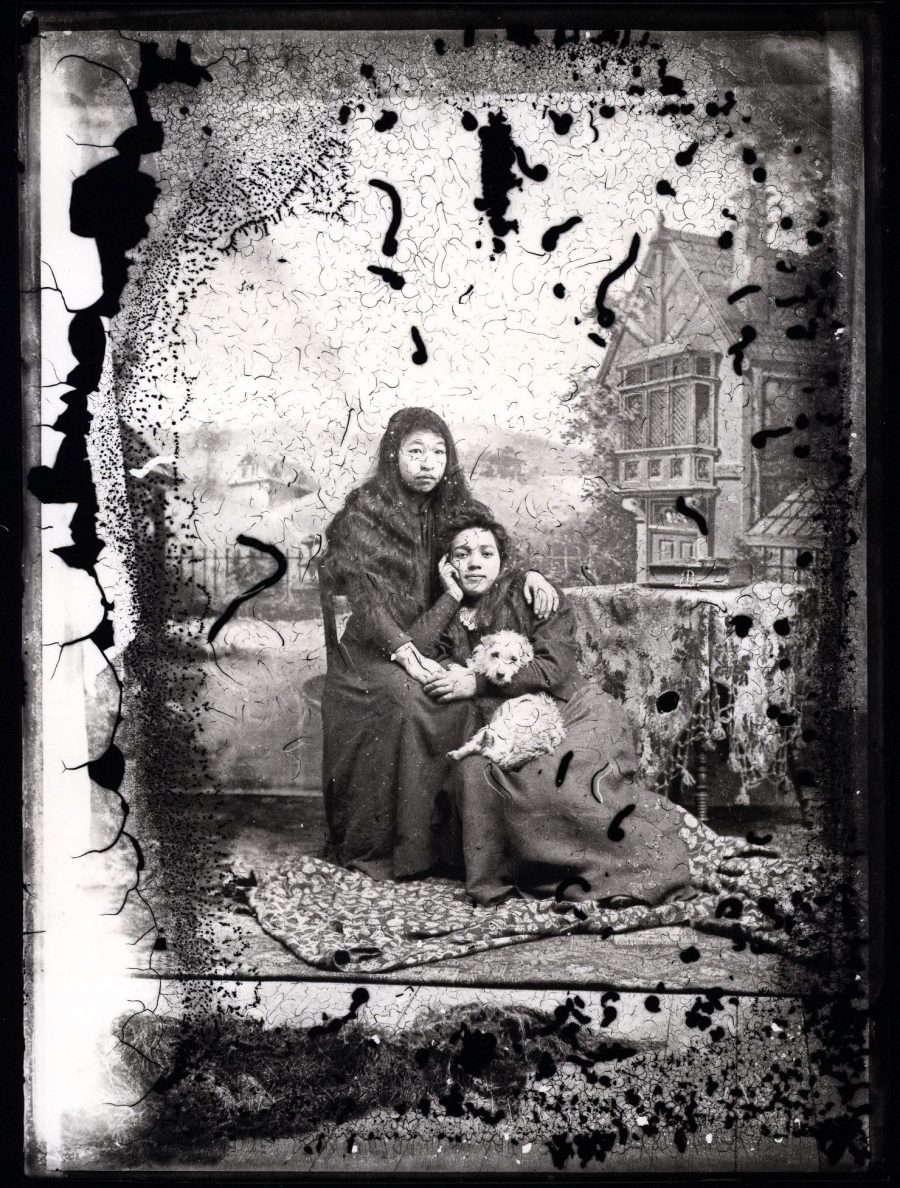
Wool dogs were rarely included in the first photos taken of Indigenous peoples in the late 1800s. Photo courtesy of the Chilliwack Museum and Archives, 1963.015.025
The first Europeans to visit the region seemed intrigued by the numerous little white dogs. In May 1792, Captain George Vancouver noticed the dogs and weavings—he’d not encountered such an industry elsewhere in North America. He wrote about the animals, struck by these dogs that resembled large Pomeranians. “They were all shorn as close to the skin as sheep are in England; and so compact were their fleeces, that large portions could be lifted up by a corner without causing any separation.” Indeed, he noted the dogs’ “very fine long hair [was] capable of being spun into yarn.” And the captain quickly put two and two together. “This gave me reason to believe their woolen clothing might in part be composed of this [dog] material mixed with a finer kind of wool from some other animal …”
Sylvia Olsen, a historian and wool worker on Vancouver Island, has studied a few of the remaining samples of dog hair and goat wool blankets. She’s also sheared and made yarn from her own dog, a mutt. Like others who’ve worked with dog hair, Olsen says that the yarn “doesn’t bind like sheep’s wool; it lacks the nubs and hooklike fibers.” The coastal weavers mixed their dog hair with the wool of mountain goats, another highly prized commodity that was difficult to harvest, Olsen says, and would have been acquired through trading or by making long journeys to mountain goat territory far from Vancouver Island.
“They were making blankets up to 10 to 20 feet [three to six meters] long and very heavy, because of the many materials, including diatomaceous earth in them,” Olsen says. That was a lot of fur.
Imagine a fine September day in 1828. Coast Salish people from Cowichan on eastern Vancouver Island are traveling down the Fraser River on mainland British Columbia, paddling a flotilla of 160 canoes, returning from a fall fishing trip. A formidable armada from a distance, perhaps, but the cedar-trunk carved boats are full of mothers, fathers, children—and dogs. The dogs are shorn; their remaining white fur just stubble. About half a dozen dogs are tucked in each canoe, making up a flock of nearly 1,000 dogs on this trip across the sea. It is likely a merry voyage, as the people sing and the dogs yip and yodel. European explorers noted that the wool dogs did not bark, but howled.
Perhaps the women brought with them baskets filled with dog fur to trade with other Indigenous communities for mountain goat fur. Some researchers think that it was the love of mountain goat fur that led to the wooly dog breed. Hunting the goats, which live in precipitous, rocky mountains on the mainland, was dangerous and time consuming, and not necessarily feasible if in another nation’s territory. Even collecting goat fur in the spring as the animals sloughed off their winter coats required lengthy journeys. Maybe that’s why some enterprising women hit on the idea of breeding dogs for their similarly colored hair, suggested Oxford University archaeologist Rick Schulting in 1994. If they were to keep their breed pure, they knew they had to devise a way to keep their female wooly dogs from mating with the village or (later) European dogs—islands provided a perfect solution.
But at Hudson’s Bay Company trading posts, an insidious economic threat awaited the dogs and weavers: stacks of inexpensive, manufactured woolen blankets. They could be easily purchased for sea otter skins, and in general, the company and Indigenous communities engaged in a brisk trade.
Despite the wool dogs’ abundance in the early 18th century, they were almost extinct by 1858, anthropologists say; the blankets, too, were increasingly scarce. It was far easier to acquire a ready-made woolen Hudson’s Bay blanket than to go to all the trouble of caring for dogs, bargaining for mountain goat fur or traveling to distant mountains to search for it, cleaning and spinning the fur into yarn, and then producing the weavings. The wooly dogs disappeared, too, as the women ceased isolating them and they interbred with village and European dogs.
As the wool dogs disappeared, so too did the prime evidence for the Pacific Northwest peoples’ invention. Because the dogs as a distinct breed no longer exist, scientists cannot easily trace their evolution. They do know that the earliest dogs in the Americas were a lineage of now-extinct Arctic dogs. They were probably used for hunting, hauling supplies, and guarding camps—not unlike some breeds today—and traveled with their human companions from Eurasia some 10,000 years or more ago.
It’s likely some type of dog traveled with human migrants into western North America from Siberia and other parts of Asia and did not go extinct. At some point, over 10,000 years ago, people and their dogs settled the Pacific Northwest coastal regions. Scientists don’t know when people began selectively breeding the wool dogs, or what type of dog they used. But they likely started their wool dog breed by working with a spitz-like dog—dogs that have thick, dense fur; pointed ears and muzzles; and fluffy tails that curl up and over their rears. A spitz actually describes several such breeds today, including the Samoyed, American Eskimo dog, Shiba Inu, and chow chow—all of which descend from ancient breeds that evolved in Arctic regions and fit early European explorers’ descriptions of the wool dog.
To breed wool dogs, people probably began with spitz-like dogs, such as Samoyed, American Eskimo dog, Shiba Inu, and Pomeranian. Photos by Farlap/Alamy Stock Photo (Samoyed and American Eskimo dog), Barbara von Hoffmann/Alamy Stock Photo (Shiba Inu), Olena Afanasova/Alamy Stock Photo (Pomeranian)
In academic retrospect, it makes sense that Indigenous peoples zeroed in on animal breeding early on. Coastal communities cultivated plants and practiced mariculture. They built clam gardens and managed salmon fisheries. “These were not subsistence cultures,” says McKechnie. “The people were thriving, and they had ample free time to develop arts and add cultural material to their lives. Some of that time they invested in dog husbandry.” The only other domesticated species in North America prior to the arrival of Europeans was the turkey, Meleagris gallopavo, bred by Indigenous peoples in central Mexico about 800 BCE. The Indigenous peoples in the Pacific Northwest did not breed dogs to eat, McKechnie says.
Dogs were so important to people on the coast that the canines were sometimes buried in association with humans—a practice not extended to other animals. The anthropologist William Elmendorf, who studied linguistics of the Coast Salish peoples, noted in his studies, which began in the 1930s, that especially valued dogs were typically wrapped in blankets prior to being buried. More recently, Washington State University graduate student Matthew Marino analyzed numerous such burials and concluded that some dogs operated as persons in the Coast Salish world, a conclusion that echoes Indigenous elders. Chief Janice George, who resurrected the art of weaving in the Squamish Nation has written about this special relationship. “You should think about blankets as merged objects,” she wrote in the opening paragraph of Salish Blankets: Robes of Protection and Transformation, Symbols of Wealth. “They are alive because they exist in the spirit world. They are the animal. They are part of the hunter; they are part of the weaver; they are part of the wearer.”
Coast Salish and Nuu-chah-nulth narratives are also rich with stories involving dogs—describing dog-human marriages, supernatural sexual relations and conception, and the passage of names and wealth from people to their dogs. One such narrative tells of a female dog and male human mating; their offspring become a new human community after a flood. And a Nuu-chah-nulth narrative explains the origin of the Broken Group Islands in Barkley Sound (off the southwest coast of Vancouver Island), says Denis St. Claire, an independent archaeologist, coauthor of the new study, and representative of the Tseshaht, a Nuu-chah-nulth nation. According to this supernatural tale, a chief’s daughter gives birth to four curly, white-haired dogs, leading her people to abandon her. The four puppies transform into four strong young men who avenge the spurning of their mother when they spy their kin’s canoes approaching—they wash their long hair in the sea, creating whitecaps that cause all the canoes to capsize. “All the peoples’ boxes and goods were left floating in the sea; they turned into the Broken Group Islands,” says St. Claire. “The dogs were not just cute and cuddly, they play a major role in spiritual beliefs.”
It’s fitting that in 2019, St. Claire and his colleagues completed the excavation of a wool dog skeleton dated to 800 years ago on Keith Island (Kakmakimilh), one of the islands in the Broken Group, in the territory of the Tseshaht Nation.
Wool dogs were valued for more than their fur. They figure prominently in narratives, including the origin story of the Broken Group Islands, territory of the Tseshaht, a Nuu-chah-nulth nation on Vancouver Island. Video by Keith Holmes
As persons and ancestors, dogs were entitled to a better life than other animals. And since wool dogs provided wealth via their fur, they were accordingly well fed and treated kindly. The dog bones that Marino examined showed little damage, although some puppies may have been sacrificed to accompany the burial of a child; one adult dog had a healed broken vertebra, indicating it had been cared for long enough to recover from an injury. The wool dogs, in particular, ate well. According to another new paper by McKechnie and led by University of Victoria graduate student Dylan Hillis, dogs from sites in the Tseshaht Nation territory dating to 2,900 to 300 years ago were fed a rich mixture of salmon, herring, anchovies, and marine mammals—a diet likely similar to that of their human companions. The researchers teased out this information by analyzing chemicals in the dogs’ bones.
Christyann Darwent, a zooarchaeologist at the University of California, Davis, who studies animal remains, including those of sled dogs in the Arctic, says the existence of such a unique breed says a lot about the people. “These dogs weren’t simply scavenging for scraps at the margins of a village; they were being cared for,” Darwent says. To create such a dog, she says, “takes effort, a surplus of food—and a love of dogs.” In the broader story of dog domestication, Carly Ameen, a zooarchaeologist at the University of Exeter in England who has studied the Inuit peoples’ sled dogs, points out that the new research focuses on a different part of the narrative about humans and dogs: what happens after dogs’ initial domestication.
“Studying domestic dogs in the Americas is interesting because—unlike in Eurasia—we don’t have the [puzzle] of figuring out their actual domestication,” she says. In Eurasia, the long-standing riddle facing archaeologists is determining when and where dogs were first domesticated. Instead, the dogs that arrived in the Americas with humans were already dogs. The new research “explores … how they’ve evolved and adapted alongside their human companions to fit into a wide range of roles,” Ameen says.
In his 1994 study, Schulting had identified one blanket as having dog fur. Pieces of a blanket donated to British Columbia’s Simon Fraser University in 1978 provided the clue. The blanket had wrapped an infant laid to rest sometime between 1770 and 1860 and was found in Yale, British Columbia, along the Fraser River. The tightly woven fabric features a diamond twill pattern, and though stained, it was probably originally white, off-white, or brown. Schulting tested the stable isotopes in the fibers and found they contained a high percentage of protein derived from primarily eating marine animals—likely salmon. It “would be a strange mountain goat indeed” that lived on such a diet, he noted in his study. The fabric had to be from the elusive Salish wool dog.
It was, however, a dog named Mutton who cleared the way for definitively identifying wool dog fur.
Sometime before 1858, Mutton, a wooly dog, had found himself a new keeper, George Gibbs, a 19th-century ethnographer with the Pacific Railroad Survey and the Northwest Boundary Survey. Gibbs studied the customs and languages of peoples in the Pacific Northwest, and in his notes on the Nisqually language, he recorded the name of the dog wool blankets as Ko-matl’-ked. Mutton likely came from a Coast Salish village in British Columbia. Gibbs named the dog for his love of chasing sheep.
Not too much is known about Mutton in life, though apparently goats also attracted him. In 1859, Mutton ate the head off a mountain goat skin that was in Gibbs’s care, bringing a colleague to near tears. Naturalist C. B. R. Kennerly had meant to send the skin as a specimen to the Smithsonian Institution in Washington, DC. “[Gibbs] sent it to me yesterday & when I opened the bag & saw the injury I could almost have cried,” Kennerly wrote in a letter. And more ominously, he added, “Mutton was sheared a short time ago, & as soon as his hair grows out we will make a specimen of him.” Which they did, at some point. In death, Mutton has shared the very essence of himself—his pelt—likely the only known wool dog hide to exist.
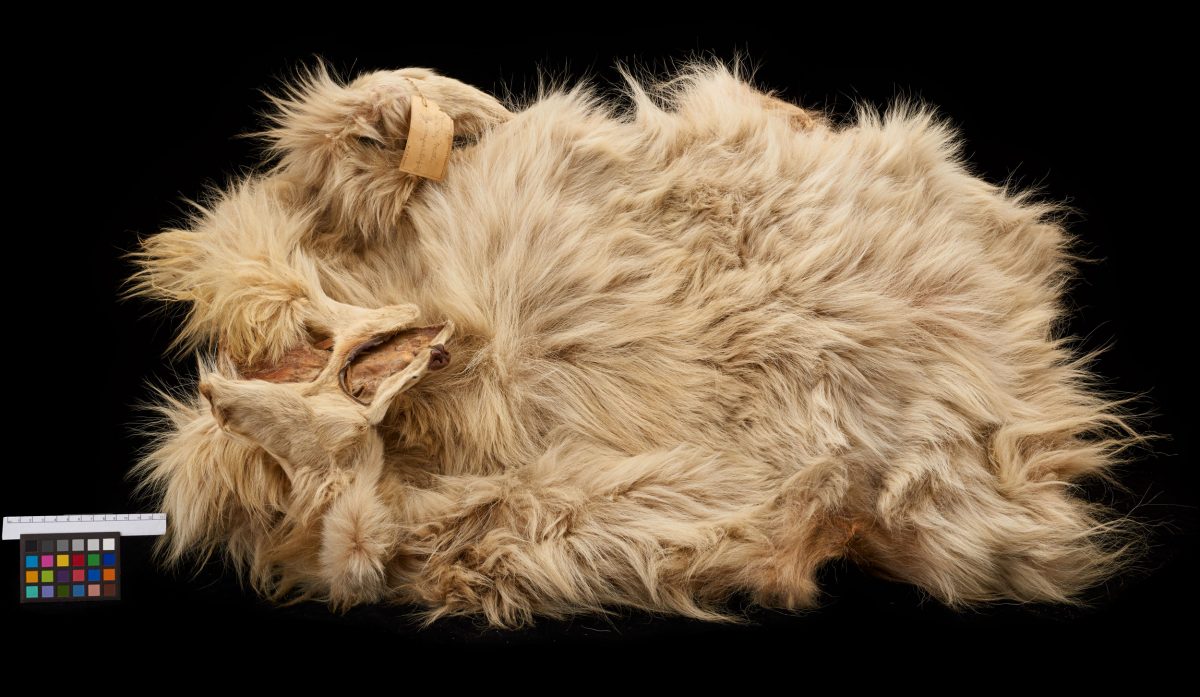
The pelt of a wool dog named Mutton was cataloged in 1859 but remained in a drawer in the Smithsonian National Museum of Natural History until 2004. Photo courtesy of the Smithsonian National Museum of Natural History
Mutton’s pelage, however, tucked in a drawer at the Smithsonian, was only found in 2002, after historian Candace Wellman in Bellingham, Washington began digging into the historical record. Elaine Humphrey, a scanning electron microscope specialist at the University of Victoria, matched fibers from Coast Salish blankets to fibers from Mutton’s pelt. In 2011, another study at the Smithsonian of 11 blankets—woven before 1862—revealed that seven contained wool dog fibers. And in 2016, Coast Salish spinning researcher Liz Hammond-Kaarremaa began a fellowship at the University of Washington’s Burke Museum to study woven blankets. Peering closely at a small tear in the fabric of a blanket, she could see individual threads that she identified as sinew, likely from a deer or elk, and cedar fibers, but also wool that looked a lot like the wooly dog hair she had seen at the Smithsonian on an earlier research trip. Humphrey’s subsequent microscopic analysis supported Hammond-Kaarremaa’s hunch: the blanket did indeed contain wool dog fur. As Hammond-Kaarremaa said at the time, the find “confirms and validates First Nations oral history.”
There is no doubt wool dogs underpinned a robust weaving industry on the coast, an activity noted in archaeological digs. For instance, excavations in the 1970s at the Makah village of Ozette on the westernmost point of today’s Olympic Peninsula in Washington State, uncovered wooden looms, spinning whorls, combs, and beaters, as well as miniature looms for training children. A landslide—probably caused by an earthquake on January 26, 1700—had destroyed the village and buried several cedar longhouses beneath a three-meter wall of mud.
A wool blanket at the University of Washington’s Burke Museum was examined under a scanning electron microscope, revealing that dog fur was part of the weave. Photos courtesy of the Burke Museum
The disaster preserved numerous belongings of the people—kin to the Nuu-chah-nulth—including one blanket containing dog fur that was largely intact, as it was stored in a cedar wood box. They were very productive weavers. “They built 25-foot [7.5-meter] longhouses of cedar,” says Dale Croes, an archaeologist at Washington State University, who helped on the excavation. “They could easily fit three to four looms inside. We calculated they could have easily had nine weavers per household. It was an absolute industry.”
The discoveries are paying off for the Coast Salish people. Once again, women are picking up the ancient craft, albeit without the fibers of dog wool, and galleries and museums have held exhibitions of their weavings. The art of weaving is “the heartbeat of our nation,” wrote Squamish elder Joy Joseph-McCullough or Siyaltenaat (her ancestral name) in Salish Blankets: Robes of Protection and Transformation, Symbols of Wealth. It’s fine to have it beating again—even without the wool dogs’ assistance.
* The Hakai Institute and Hakai Magazine are both part of the Tula Foundation. The magazine is editorially independent of the institute and foundation.
https://www.hakaimagazine.com/features/the-dogs-that-grew-wool-and-the-people-who-love-them/?fbclid=IwAR0AZIYtQ00m68hVLcKoe_zRgtVtb9FIftWzodzlfDZDpeibl2uK49UjLwY
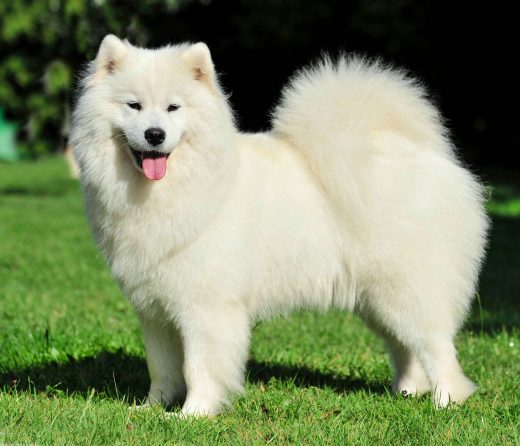
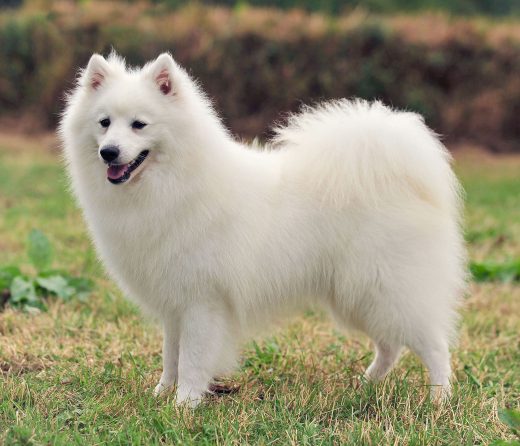
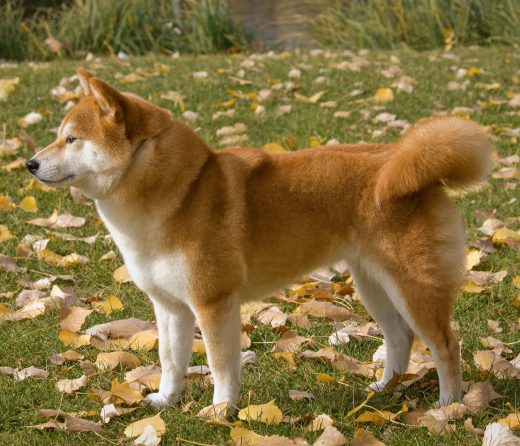
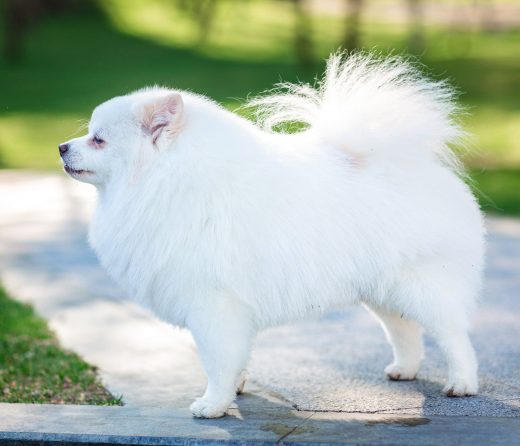
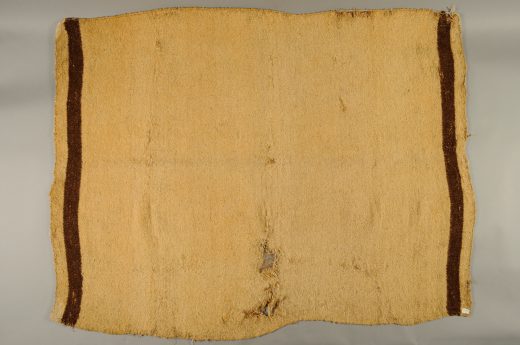
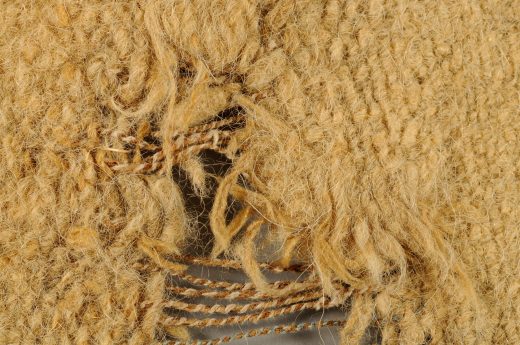
No comments:
Post a Comment